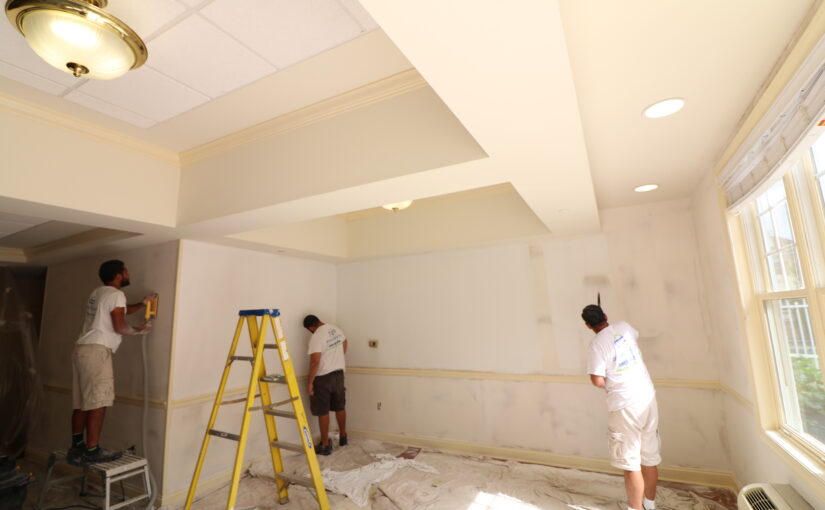Commercial Painting: Answering Key Questions for Business Owners
Commercial painting is about more than just refreshing a building’s appearance. For businesses, especially in high-traffic areas, it’s crucial to approach these projects with an emphasis on safety, quality, and long-lasting results. For companies seeking commercial painters, understanding what to expect throughout the process can make a significant difference. From surface preparation to the right paint selection, here’s a guide to some of the most common questions and considerations for successful commercial painting.
Safety in Occupied Spaces
When businesses require a new paint job but must continue operations, safety becomes a top priority. Professional commercial painters take steps to ensure that all employees, customers, and the work environment itself remain protected. One of the most essential safety measures is using low-VOC or zero-VOC paints. These options drastically reduce fumes and odors, making it easier for people to remain comfortable and safe during the painting process.
Proper ventilation is also critical for maintaining air quality. Painters may open windows, use exhaust fans, or set up temporary ventilation systems to minimize lingering paint fumes. In large or enclosed spaces with limited airflow, painting often takes place during off-hours to further minimize disruptions and exposure. Clear safety barriers and signage help keep people away from work zones, ensuring that the painting process remains orderly and secure.
Comprehensive Protection for Furniture, Floors, and Fixtures
Protecting furniture, floors, and other areas during a commercial painting project is essential to maintain the integrity of the space and prevent any unintended damage. Before any painting begins, all furniture, equipment, and fixtures are carefully moved, covered, or secured to avoid exposure to dust, paint splatter, and fumes. Drop cloths, plastic sheeting, and specialized coverings are strategically placed over floors, furniture, and fixtures to ensure comprehensive protection. In high-traffic areas or areas with sensitive equipment, additional barriers are often set up to maintain safety and cleanliness throughout the project. These steps are especially important in environments like offices, retail stores, and restaurants, where it’s critical to keep surfaces spotless and free from paint residue.

The preparation doesn’t stop there; thorough protection also involves sealing off any air ducts or vents to prevent paint particles from circulating through the ventilation system, which could affect other areas of the building. Commercial painting Contractors will often employ edge tapes and corner guards to ensure that paint remains only where it’s intended, preserving the surrounding surfaces and edges. For businesses with delicate or high-value furniture, extra precautions, like double-layering protective sheets or using non-slip mats under coverings, can provide additional assurance. At the end of each workday, any coverings and barriers are inspected, cleaned, and adjusted as necessary, maintaining a high level of protection until the project is complete.
Detailed Cleanup Practices for a Spotless Finish
A high-quality commercial painting company will prioritize thorough cleanup once the project is complete. After a professional paint job, it’s important that no dust, paint splatters, or debris are left behind, allowing the business to resume operations smoothly. Protecting floors, furniture, and fixtures with drop cloths and plastic coverings throughout the project is essential in preventing accidental spills and keeping surfaces free from dust.
Upon project completion, the cleanup process involves removing all protective materials carefully and inspecting the area to ensure every surface is spotless. This includes attention to corners, baseboards, and other hard-to-reach areas where dust or paint particles could settle. By conducting a comprehensive cleanup, professional painters help business owners avoid extra maintenance and ensure a polished, professional finish.
Addressing Future Touch-Ups and Repairs
In commercial spaces, especially those with high traffic, regular wear and tear on painted surfaces is inevitable. Scuffs, small chips, and faded spots can appear quickly in areas that see frequent use, such as retail stores, restaurants, and office buildings. For this reason, many businesses establish a maintenance plan with their painting contractor, arranging for scheduled or on-demand touch-ups to maintain the space’s appearance.
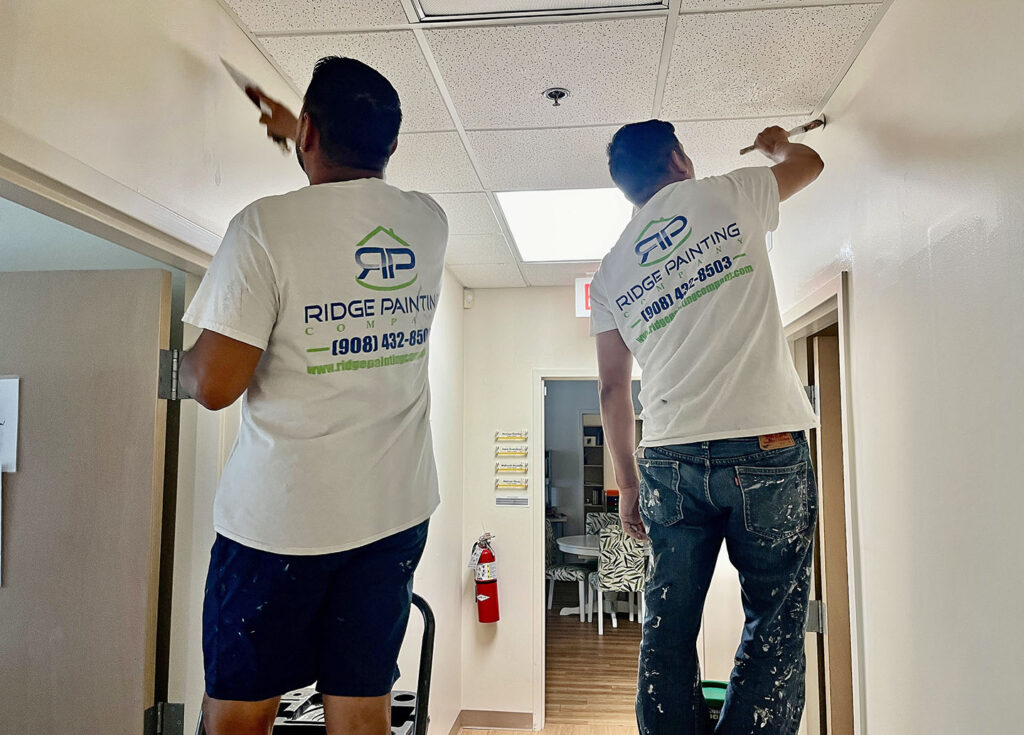
Regular touch-ups can prolong the lifespan of a paint job, allowing businesses to present a clean, inviting look year-round without needing frequent full repaints. By using the same high-quality paint and preparation methods for each touch-up, professionals ensure the repaired areas blend seamlessly with the surrounding paint. Maintenance plans like these can be an effective way to manage costs while keeping the space looking fresh and appealing.
Knowing When to Repaint a Commercial Space

The frequency of repainting varies depending on the type of commercial space, level of use, and exposure to elements like sunlight and humidity. For example, retail environments that prioritize visual appeal and brand image might need to repaint every three to five years. Restaurants and cafes, where walls are subject to exposure from moisture or grease, also tend to repaint more frequently.
In comparison, office spaces often require less frequent touch-ups, usually every five to seven years, depending on the initial paint quality and surface preparation. Scheduling regular assessments with a trusted commercial painting contractor in NJ can help business owners stay ahead of wear and tear, as well as plan for refreshes to align with brand updates or design changes.
Surface Preparation for Longevity and Quality
One of the most essential steps in commercial painting is surface preparation. Without this, even the highest-quality paints and materials may not achieve their full potential in terms of appearance or durability. Preparation involves multiple steps, including cleaning, sanding, and priming, each tailored to meet the needs of different surfaces.
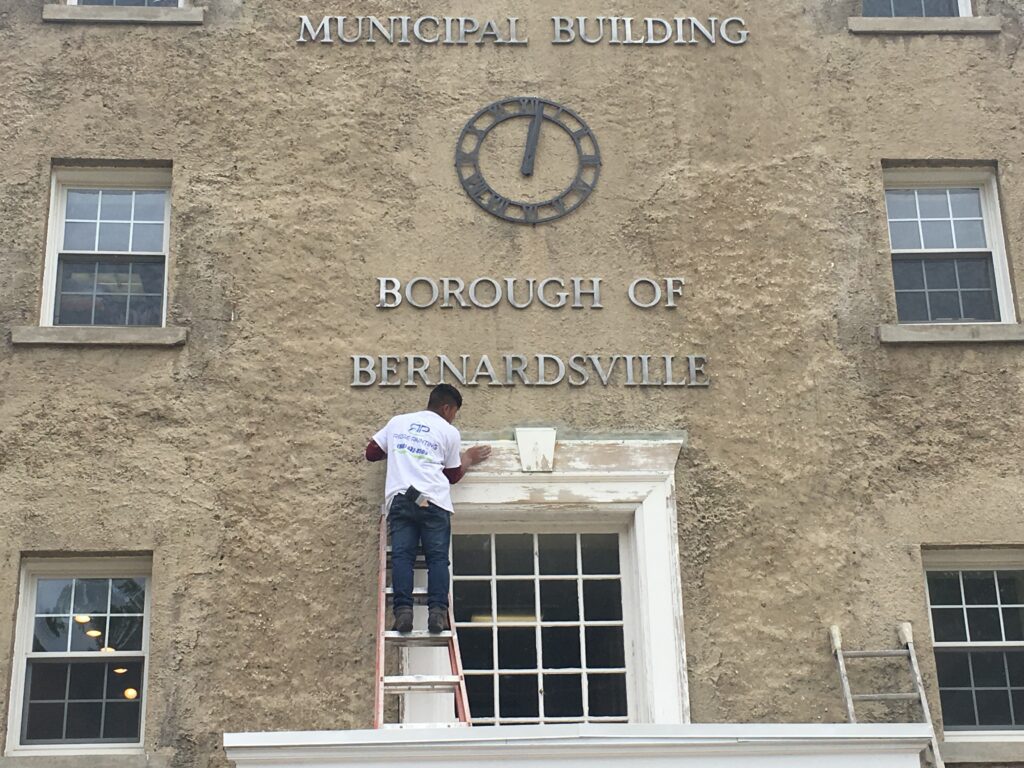
In outdoor or heavily soiled areas, power washing is often the first step to remove dirt, mildew, and other residues that can prevent paint from adhering properly. For indoor surfaces, a thorough dusting, degreasing, or washing is typically sufficient to create a clean base. Sanding smooths out any surface imperfections, creating a uniform area for the primer and paint to bond effectively.
Priming is critical for enhancing paint adhesion and ensuring an even finish. In spaces with high humidity or frequent contact, primers with moisture-resistant or scuff-resistant properties provide additional durability. By taking the time to complete each step in the preparation process, a professional contractor ensures a resilient, attractive finish that lasts, even in the busiest commercial environments.
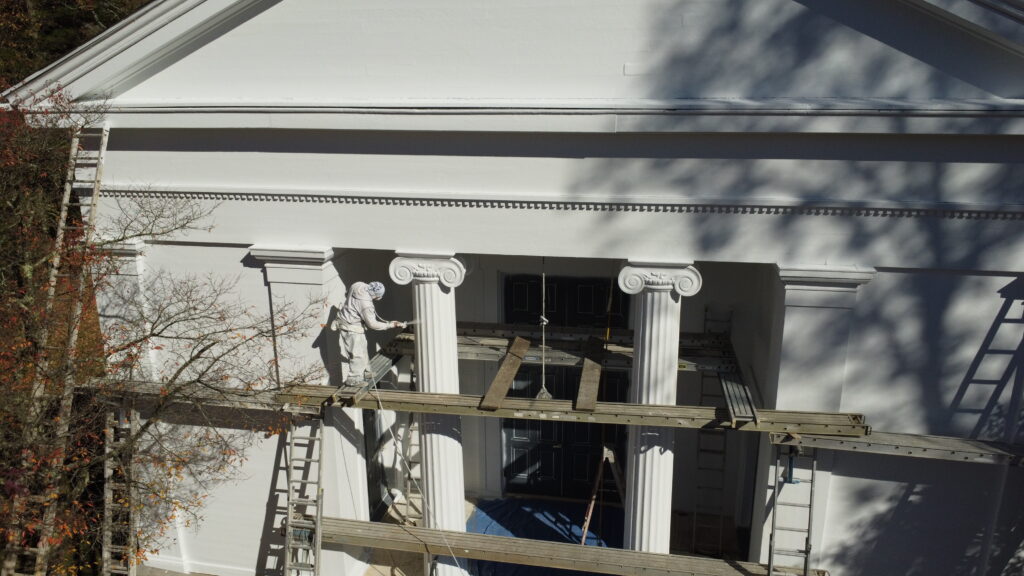
Choosing the Right Paints and Finishes
Selecting the correct type of paint and finish plays a significant role in the success of a commercial painting project. Depending on the function of the space, finishes like matte, satin, and semi-gloss each offer different benefits and levels of durability. In retail spaces where surfaces are prone to scuffing or contact with customers, a satin or semi-gloss finish is ideal, as these finishes resist marks and are easy to clean.
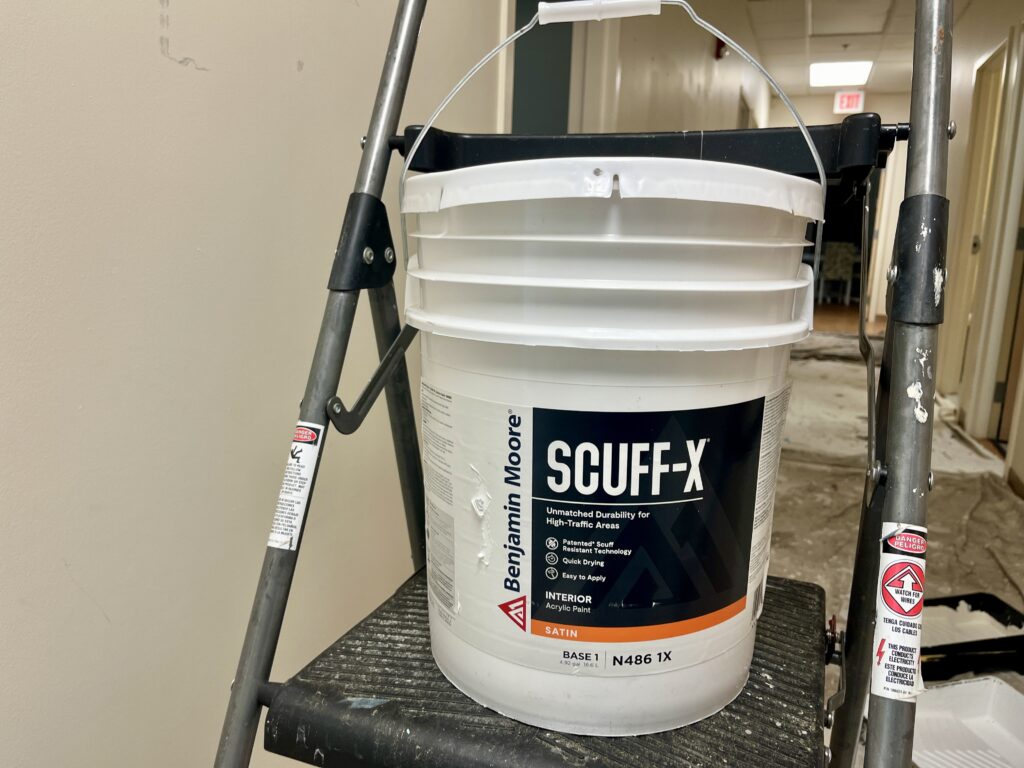
For commercial kitchens, restrooms, or areas that experience moisture, a moisture-resistant paint in a gloss or semi-gloss finish can extend the paint’s life and protect the underlying surface. On the other hand, low-sheen finishes such as matte or eggshell provide a subtle, professional look for corporate offices while being relatively low maintenance. A reliable commercial painting contractor will discuss these options, helping business owners select the best finishes to suit their needs and enhance their space’s appearance and durability.
Why Work with a Professional Commercial Painting Contractor?
Partnering with an experienced commercial painting contractor offers peace of mind and ensures that every aspect of the project, from preparation to final touches, is handled professionally. Legitimate commercial painting companies are skilled in managing projects of all sizes, from small offices to large retail stores, with minimal disruption to business operations. They understand the nuances of different industries and spaces, tailoring their services to meet the specific needs of each commercial setting.
Hiring a professional contractor means that businesses benefit from a range of expertise and knowledge, including the best practices in surface preparation, paint selection, and safety protocols. The end result is a space that not only looks visually appealing but also remains durable and easy to maintain, supporting the business’s image and functionality.
For business owners, finding the right painting contractor can ensure the longevity of their investment and help create a positive environment for both employees and customers. With careful planning and an understanding of what to expect, any commercial space can achieve a high-quality, lasting finish that enhances its appeal and value.
Final Thoughts on Commercial Painting
In any commercial painting project, attention to safety, cleanup, surface preparation, and maintenance is key. Working with an experienced painting contractor offers businesses the chance to create a workspace that’s safe, professional, and ready to withstand the demands of daily use. From retail stores to corporate offices, an expertly painted environment supports a positive impression, whether it’s for customers or employees.
By selecting the right materials, finishes, and professional painting contractors, businesses can ensure their spaces stay vibrant and well-maintained for years. Taking the time to address these considerations helps companies build a professional image, support their brand, and ultimately create an inviting atmosphere that benefits everyone who walks through the door.

